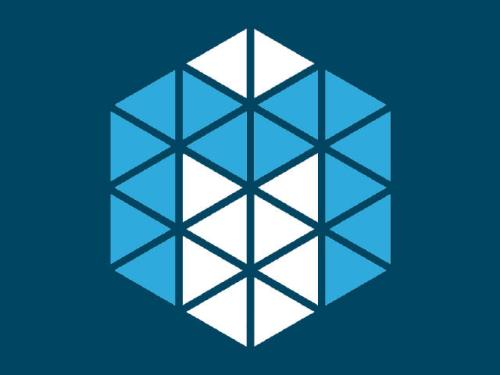Accurately diagnosing sleep disorders is essential for clinical assessments and treatments. Polysomnography (PSG) has long been used for detection of various sleep disorders. In this research, electrocardiography (ECG) and electromayography (EMG) have been used for recognition of breathing and movement-related sleep disorders. Bio-signal processing has been performed by extracting EMG features exploiting entropy and statistical moments, in addition to developing an iterative pulse peak detection algorithm using synchrosqueezed wavelet transform (SSWT) for reliable extraction of heart rate and breathing-related features from ECG. A deep learning framework has been designed to incorporate EMG and ECG features. The framework has been used to classify four groups: healthy subjects, patients with obstructive sleep apnea (OSA), patients with restless leg syndrome (RLS) and patients with both OSA and RLS. The proposed deep learning framework produced a mean accuracy of 72% and weighted F1 score of 0.57 across subjects for our formulated four-class problem.
翻译:临床评估和治疗必须准确诊断睡眠紊乱症。聚合声学(PSG)长期以来一直用于检测各种睡眠紊乱。在这一研究中,电心学(ECG)和电流学(EMG)被用于确认呼吸和与运动有关的睡眠紊乱。生物信号处理是通过利用酶状和统计时段提取环球磁团特征进行的,此外,还利用同步式结结冰波变(SSWT)开发了脉动峰值探测算法,以可靠地提取心率和与呼吸有关的特征。设计了一个深层学习框架以纳入环球镜和ECG特征。该框架被用于对四类问题进行分类:健康对象、有阻塞性睡眠动脉冲(OSA)的病人、无休眠腿综合症(RLS)的病人以及有OSA和RLS的病人。拟议的深层次学习框架为我们拟定的四类问题生成了72%的平均值和0.57的加权F1分。





